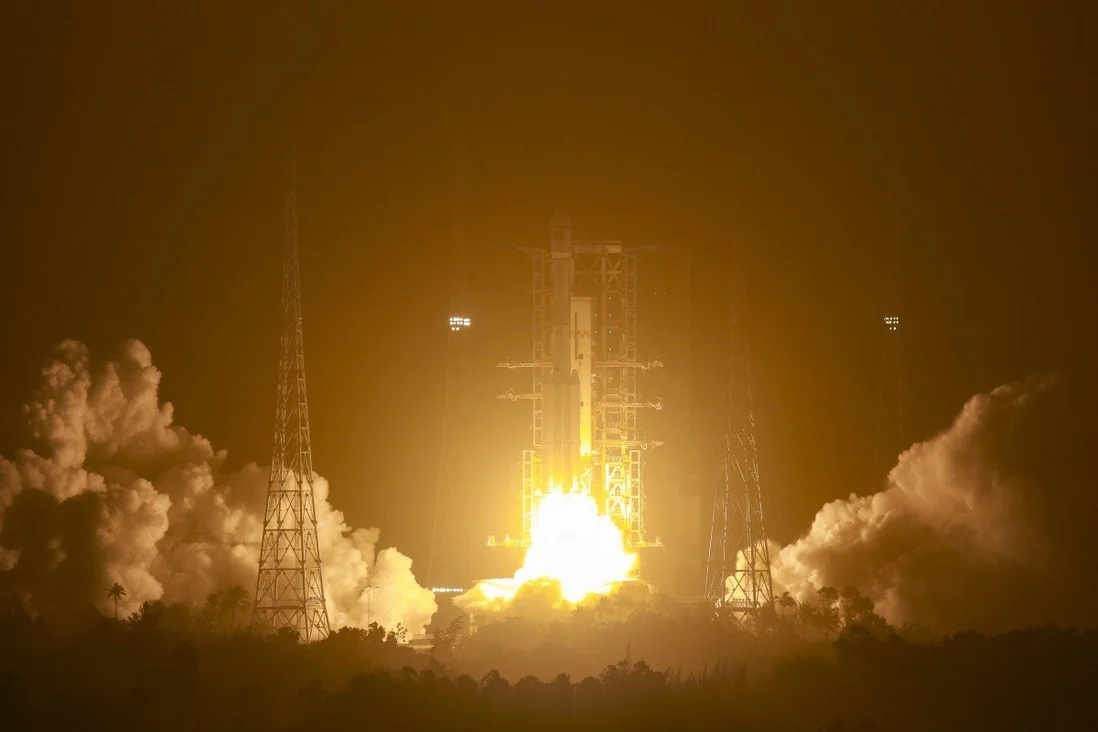The second attempt of launch will have been the good one for the new generation medium launcher, almost one year to the day after the failure of its inaugural flight.
Cause of the failure not revealed
On March 16, 2020, China made the first flight of a new version of its medium-power Long March 7 launcher, whose standard version, intended to eventually replace the Long March 2, 3 and 4 launchers, had entered service in June 2016: the Long March 7A, capable of placing up to 6 tons of payload in geostationary transfer orbit.
The inaugural flight of the LM7A had ended in failure, following the failure of the third stage of the launcher, resulting in the loss of the TJS 6 "technology" satellite, intended for geostationary orbit.
The causes of this failure have never been officially revealed.
Monitoring the space environment
For this return to flight, it is again a satellite of "technological demonstration", Shiyan 9 (Experiment 9), which was embarked. It would be dedicated to "monitoring the space environment".
Probably built by DFH Satellite, a subsidiary of the Chinese Academy of Space Technology (Cast), Shiyan 9 would weigh about 7 tons at liftoff.
The launch took place on March 11 (almost a year to the day after the failed inaugural flight of LM7A), from the Wenchang Space Center on the southern island of Hainan, and the payload was successfully placed in geostationary transfer orbit.
Découvrez cet article sur Air&Cosmos

